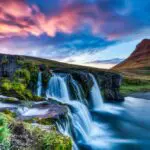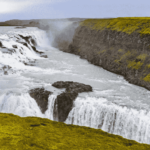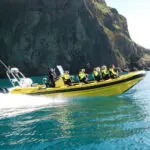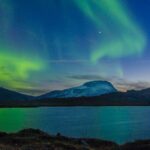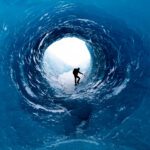There are, of course, many museums outside of downtown Reykjavik and we wouldn’t want you to miss any of them. Check out this list of the best museums outside Reykjavik’s center!
The capital has many different types of museums. Everything from open-air museums to design museums, art museums and natural history museums. There’s even a whole island which is considered a museum!
Be sure to check out our other post on the best museums in downtown Reykjavik! We also recommend you check out the Reykjavik City Card for museum visits, you will get free entrance and a discounted entrance to many museums.
The Best Museums Outside of Reykjavik’s Center
The Wonders of Iceland – Perlan
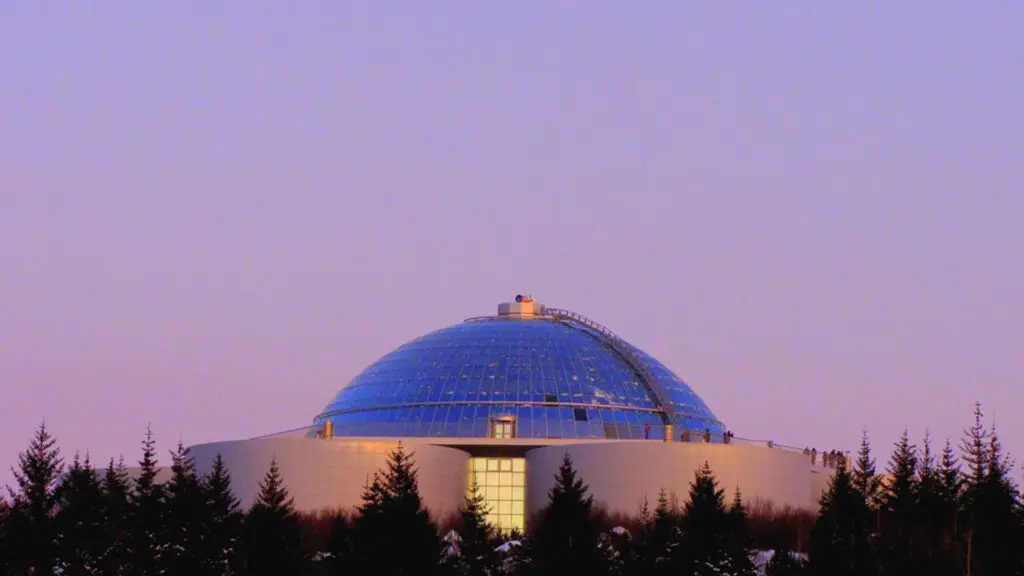
Perlan, or The Pearl, is situated on top of Öskjuhlíð Hill. Originally, the structure was just a cluster of hot water tanks, but in 1991 it was decided to add the “pearl” on top of the tanks and open it to the public.
Today Perlan is a museum that houses one of the most imposing nature exhibitions. Inside Perlan, you can step into a replica of an ice cave, take in the grand Látrabjarg and learn about glaciers and other geological forces. If that’s not enough, there’s an interactive underwater experience, Northern Lights Planetarium, restaurants, and a 360° viewing deck!
The Museum of Design and Applied Art
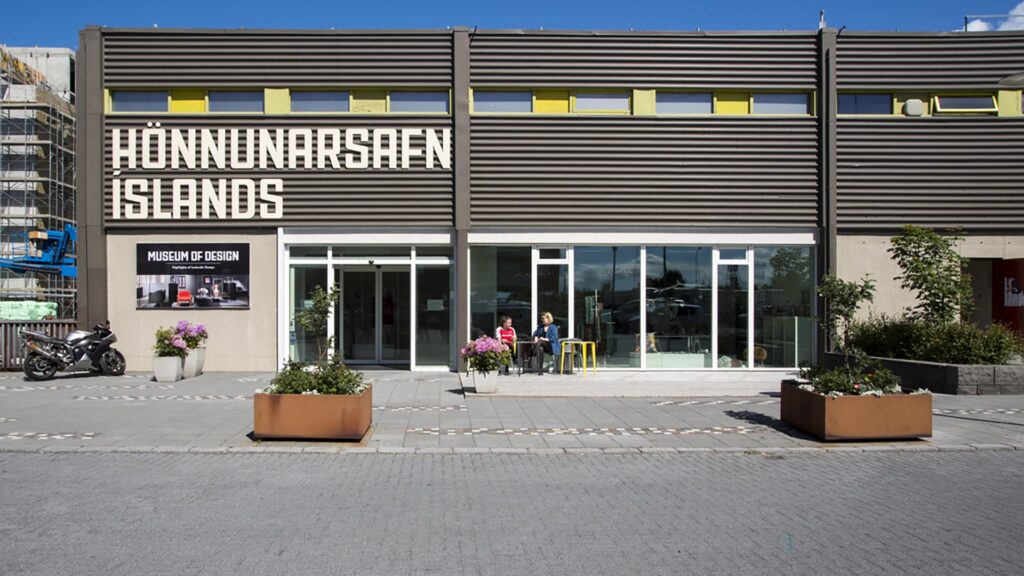
The Museum of Design and Applied Art is in Garðabær. Its role is to collect and preserve the part of Icelandic cultural history encompassing design, especially from the beginning of the 20th Century to the present day.
The museum was founded in 1998 and has since then received regular acquisitions. A large part of the collections comprises gifts, while the museum also purchases objects of importance.
Árbæ Open Air Museum
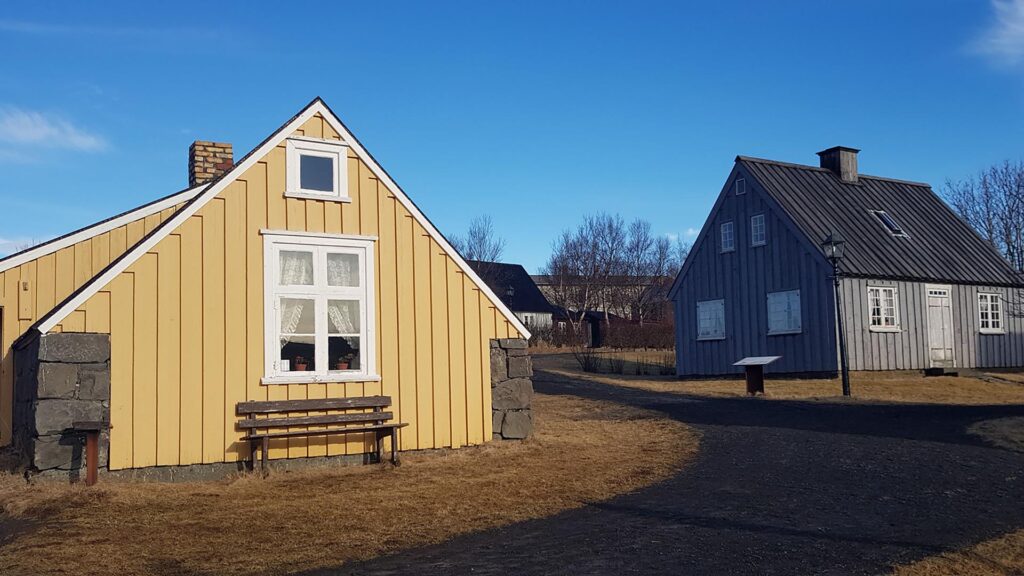
Árbær used to be a farm, but in 1957 it opened as an open-air museum. Today there are over 20 buildings that form a small village with a town square and a farm. But most of the buildings have been relocated from central Reykjavik.
Árbær Open Air Museum tries to show the past’s architecture, way of life, and lifestyles in Reykjavík. During summer, visitors can see domestic animals. Many exhibitions at the museum highlight specific periods in Reykjavik’s history. We highly recommend the Consumption – Reykjavik in the 20th Century and the Toy Exhibition.
Viðey Island
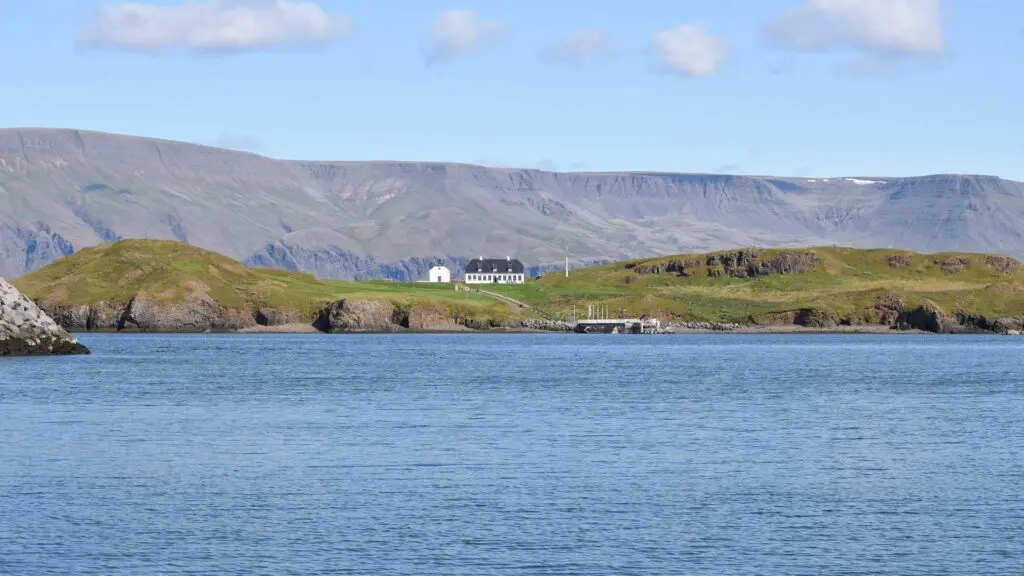
As the name implies, it is an island, but unspoiled nature reigns on it. Viðey Island has a unique place in Icelandic history. It has rich birdlife and outstanding works of modern art by Yoko Ono and Richard Serra.
Viðey House is Reykjavik’s oldest house, but it was built for the so-called Reykjavik’s founding father, Skúli Magnússon. He was the first Icelandic treasurer in the mid-18th Century and paved the way for Reykjavik becoming the city it is today. Aðalstræti 10, which we mentioned in our earlier museum post, was part of a wool-working factory he established.
The island is a great place to enjoy unspoiled nature just outside the city and see the birdlife and occasional seals as well. The island has good walking paths with information posts about its history.
Another point of interest in Viðey’s history is that it was inhabited soon after the settlement of Iceland, around 900 AD. In 1225 a monastery was founded on the island by Þorvaldur Gissurarson, with the assistance of scholar and chieftain Snorri Sturluson.
In 1539 the monastery came to a dramatic end when it was raided by Danish soldiers when the Reformation was imposed on the Icelandic church.
For the next two centuries, Viðey Island belonged to the royal estate of Bessastaðir, then later, a home for paupers was located on the island.
Natural History Museum of Kópavogur
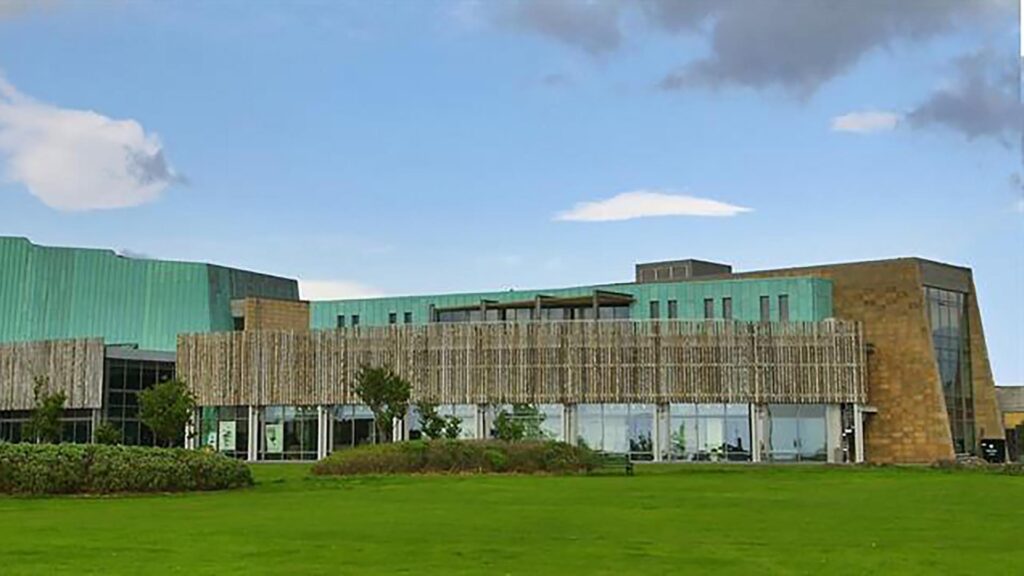
The Natural History Museum of Kópavogur is a part of the Kópavogur Cultural Houses.
The museum is divided into two categories, geological and zoological. The geological part focuses on the formation of Iceland and the major types of rocks and minerals. The zoological part focuses mainly on Icelandic birds, mammals, fish, and invertebrates.
The museum staff provides guidance if requested. The guidance is adapted to the guests’ interests, ages, and language if possible. Guidance should preferably be reserved in advance, especially for groups. Guidance is a part of the service and, therefore, always free.
Hafnarfjörður Museum

The Hafnarfjörður Museum is a heritage and photo museum of Hafnarfjörður town. Its mission is to collect, document, preserve, protect, and research objects and relics of the region’s cultural history and present them to the public. Hafnarfjörður’s heritage site is Hafnarfjörður and its surroundings.
You can visit a few houses to learn about Hafnafjörður’s history. For example, in Pakkhúsin, there are generally three exhibitions at once. A permanent exhibition about the town’s history, a toy exhibition, and a themed exhibition. Sívertsen House shows how an upper-class family in Hafnarfjöður lived at the beginning of the 19th Century. Then there is Siggubær which shows a sample of a worker’s and fisherman’s home in Hafnarfjörður from the first half of the 20th Century. This is not a definite list of the museum’s buildings.
Gerðarsafn – Kópavogur Art Museum
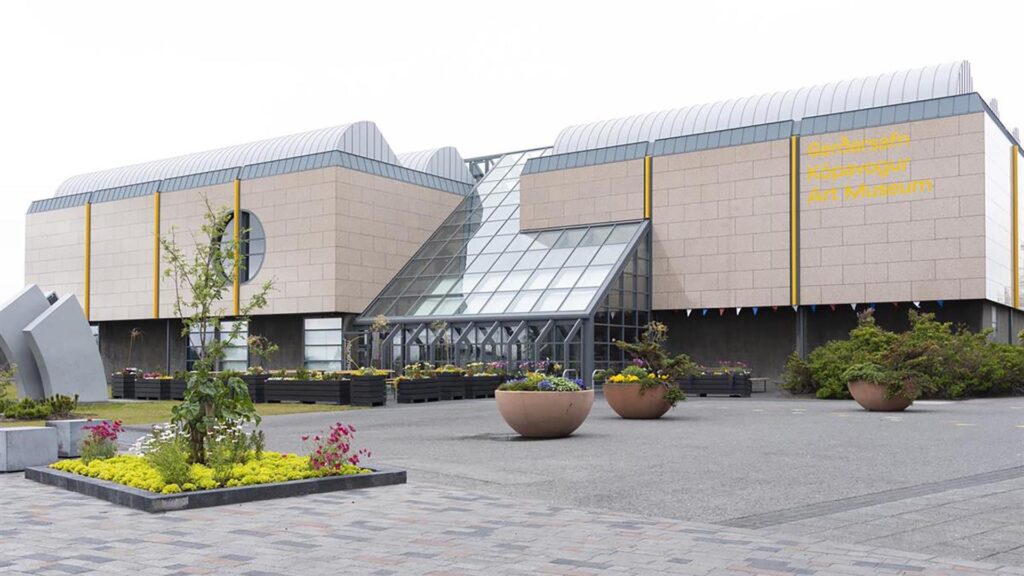
Gerðarsafn is an art museum with an emphasis on modern and contemporary art. It offers temporary exhibitions with works by Icelandic and international contemporary artists and displays the museum’s collection but the museum is the only Icelandic museum built in honor of a female artist.
The museum was built in memory of artist Gerður Helgadóttir (1928-1975) and opened in 1994. Gerður Helgadóttir was a pioneer of three-dimensional abstract art and glass art in Iceland.
The museum collection holds over fourteen hundred works by Gerður Helgadóttir. Additionally, it owns an extensive collection of works by the 20th-century artists Barbara Árnason, Magnús Á. Árnason and Valgerður Briem are among the works by various contemporary artists.
Hafnarborg – the Hafnarfjörður Centre of Culture and Fine Art
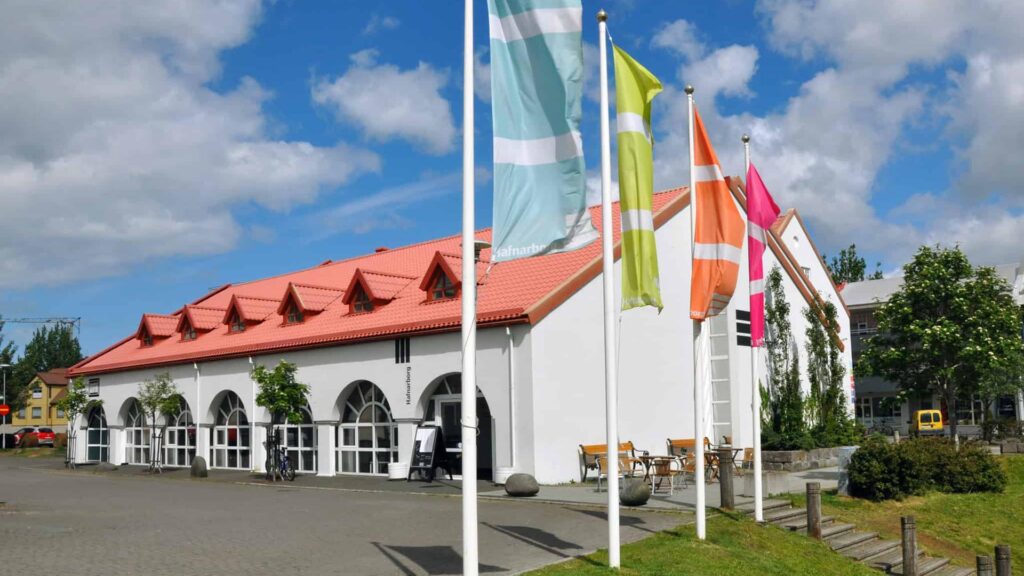
Hafnarborg was founded in 1983, becoming the home of the town’s art collection. It was founded by Sverrir Magnússon and his wife Ingibjörg Sigurjónsdóttir when they donated their home and art collection to Hafnarfjörður. In June 1983, they presented the town with a gift certificate for both the building at Strandgata 34, designed by Guðjón Samúelsson and their extensive book and art collection.
Guðjón had designed the building for the chemist Sören Kampmann. He had lived in the house and run his business there from 1921. In 1947, Sverrir Magnússon, also a chemist, took over and managed the Hafnarfjarðar Apótek until 1984.
The gift certificate said that the house should be a place for cultural activities by housing an art museum, exhibition rooms, and an artist residency and providing a venue for concerts. And then, in 1988, Hafnarborg – The Hafnarfjörður Centre of Culture and Fine Art was formally opened. It had a new extension by architect Ingimar H. Ingimarsson.
This was our list of the Best Museums Outside Reykjavik’s Center – do you agree with it?
Please signup HERE for our newsletter for more fun facts and information about Iceland!


